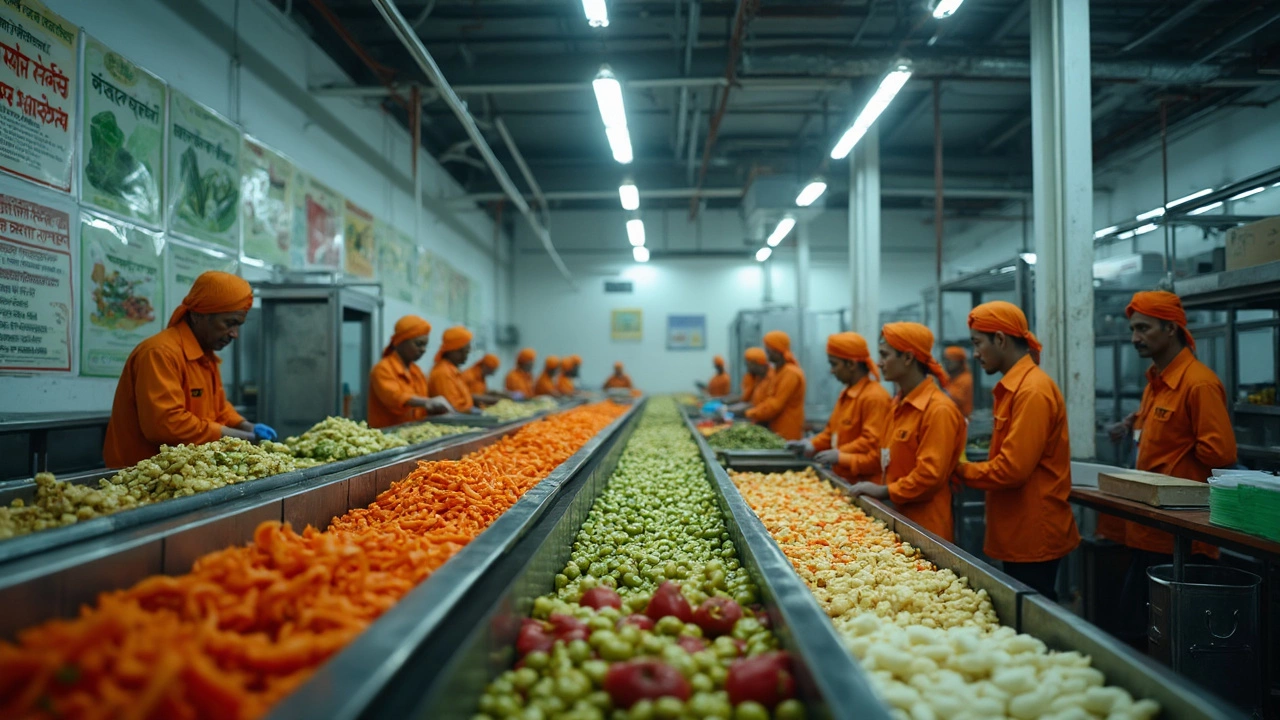Industrial Kitchen Solutions – Boost Efficiency and Safety
If you run a restaurant, catering service, or food factory, your kitchen needs to work like a well‑tuned machine. An industrial kitchen is more than a big stove; it’s a system of equipment, layout, and processes that keep food flowing and costs low. Below are the core things you should focus on right now.
Key Equipment for Efficient Operations
First, pick appliances that match your volume. A commercial combi‑oven can bake, steam, and roast in one unit, cutting space and energy use. For prep work, choose food processors with large bowls and easy‑to‑clean blades – they speed up chopping and reduce hand fatigue.
Ventilation is often overlooked but it’s a safety must. A hoodsystem that meets local fire codes pulls out smoke, grease, and heat, keeping the work area comfortable. Look for models with variable‑speed fans so you can adjust airflow based on what’s cooking.
Don’t forget storage. Stainless‑steel racks that can be moved on casters let you reconfigure the floor plan as demand changes. Keep dry goods in sealed containers to avoid pests and moisture, and label everything clearly to speed up inventory checks.
Design Tips for Safety and Cleanliness
Floor layout matters. Arrange stations in a logical flow: receiving, storage, prep, cooking, plating, and cleaning. This reduces back‑and‑forth traffic and lowers the chance of accidents. Non‑slip flooring and well‑placed drainage prevent spills from becoming hazards.
Sanitation rules are strict in food processing. Use splash‑back panels on cooking lines and easy‑to‑wipe surfaces around sinks. Stainless steel is ideal because it resists bacteria and stands up to harsh cleaners.Lighting should be bright and even. Over‑head LEDs give clear visibility without heating the space, which helps workers see cuts and burns before they become problems.
Finally, train staff on waste reduction. The “7 wastes of manufacturing” concept applies here: eliminate excess motion, over‑production, and waiting time. Simple steps like prepping ingredients in batches and re‑using heat from ovens can shave minutes off each service run.
By focusing on the right equipment, solid ventilation, smart layout, and strict hygiene, your industrial kitchen can run smoother, safer, and more profitably. Keep these basics in mind when you plan upgrades or new installations, and you’ll see immediate gains in speed and cost control.

Food Units: The Backbone of Efficient Food Processing
Food units are the building blocks of food processing, where raw ingredients are turned into finished products ready for the market. This article breaks down what food units actually are, how they work, and why they matter for manufacturers and consumers alike. You'll get to know the different types of food units, important equipment inside, and safety rules that keep everything running smoothly. We also dig into the recent trends in the food processing industry and share tips for running a successful food unit. Whether you're in the food business or just curious, you'll find practical advice and real-world examples here.
